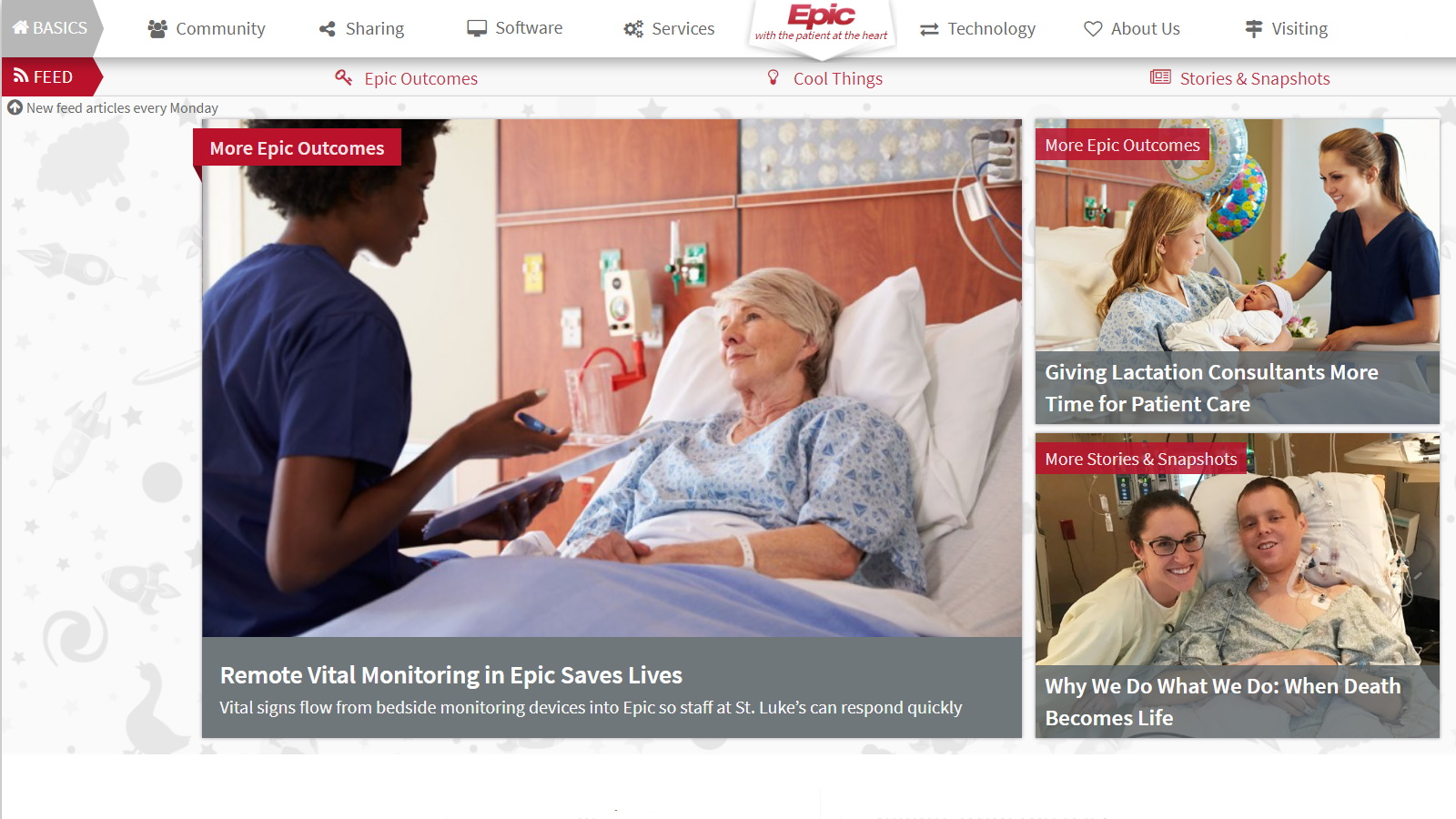TechRadar Verdict
The leading EHR software, Epic, offers numerous advantages to earn their market dominance, making them the one to beat.
Pros
- +
Self host, cloud host, or dual hosted options
- +
Dedicated iOS and Android apps
- +
Flexible workflows
- +
Robust Epic MyChart Patient Portal
Cons
- -
Opaque pricing
- -
Overall higher cost
- -
Android app is poorly rated
- -
Downtime for upgrades
Why you can trust TechRadar
The Epic EHR can trace its origins further into the past than most others, going back to 1979. It was founded with 1 ½ employees, in a basement, and over time turned into a major success story.
Based near Madison, Wisconsin in the US (self-guided tours are offered of the software factory), it claims that more than 280 million patients have their records currently in the Epic EHR. It also boasts that “Most Healthgrades Top 100 Hospitals Use Epic,” with a dominant market share, which is quite impressive given the increasing competition in this space.
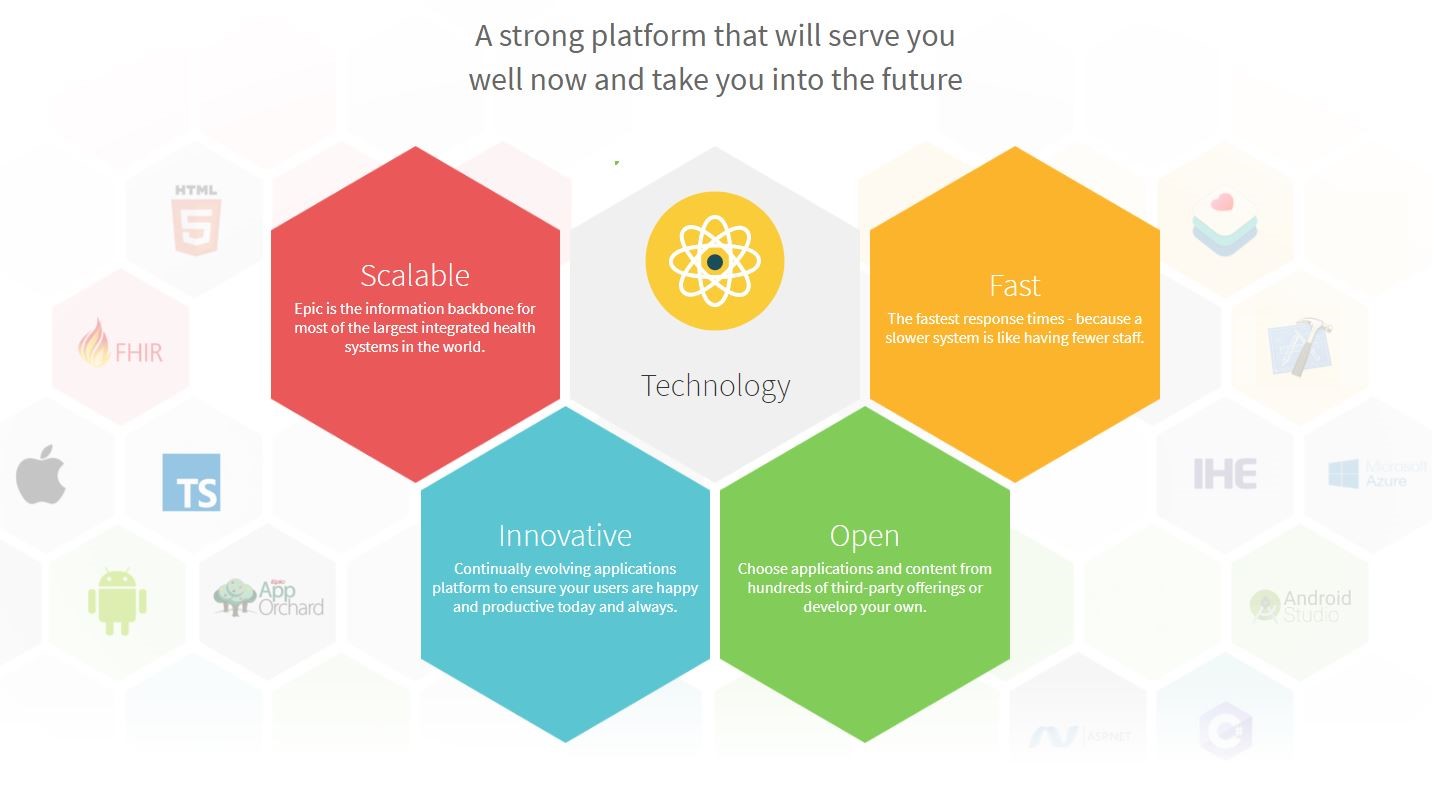
Features
Being such an established, and large provider, the Epic EHR offers a comprehensive approach to software in this space, with support for the entire spectrum of both ambulatory, and hospital facility needs. There are modules offered for areas such as revenue cycle management, and analytics with AI to be more data driven.
Both screens and workflows have the flexibility to be personalized, such as creating lists of favorite orders for commonly used items. The system incorporates predictive analytics with embedded decision support tools, such as when a clinician enters orders, the names of lab tests and medications will appear just by inputting the first few letters of the order.
Specialty modules are available to have laser focused workflows built in for multiple specialities. The choices are quite vast, and include modules for Cardiology, Ophthalmology, Orthopedics and Radiology among the dozens of possibilities.
Epic also offers advantages in revenue cycle as well. These include options for paperless billing, bill pay via online modules, the ability to offer payment plans via self-service, and reliable pre-estimates for upcoming medical care.
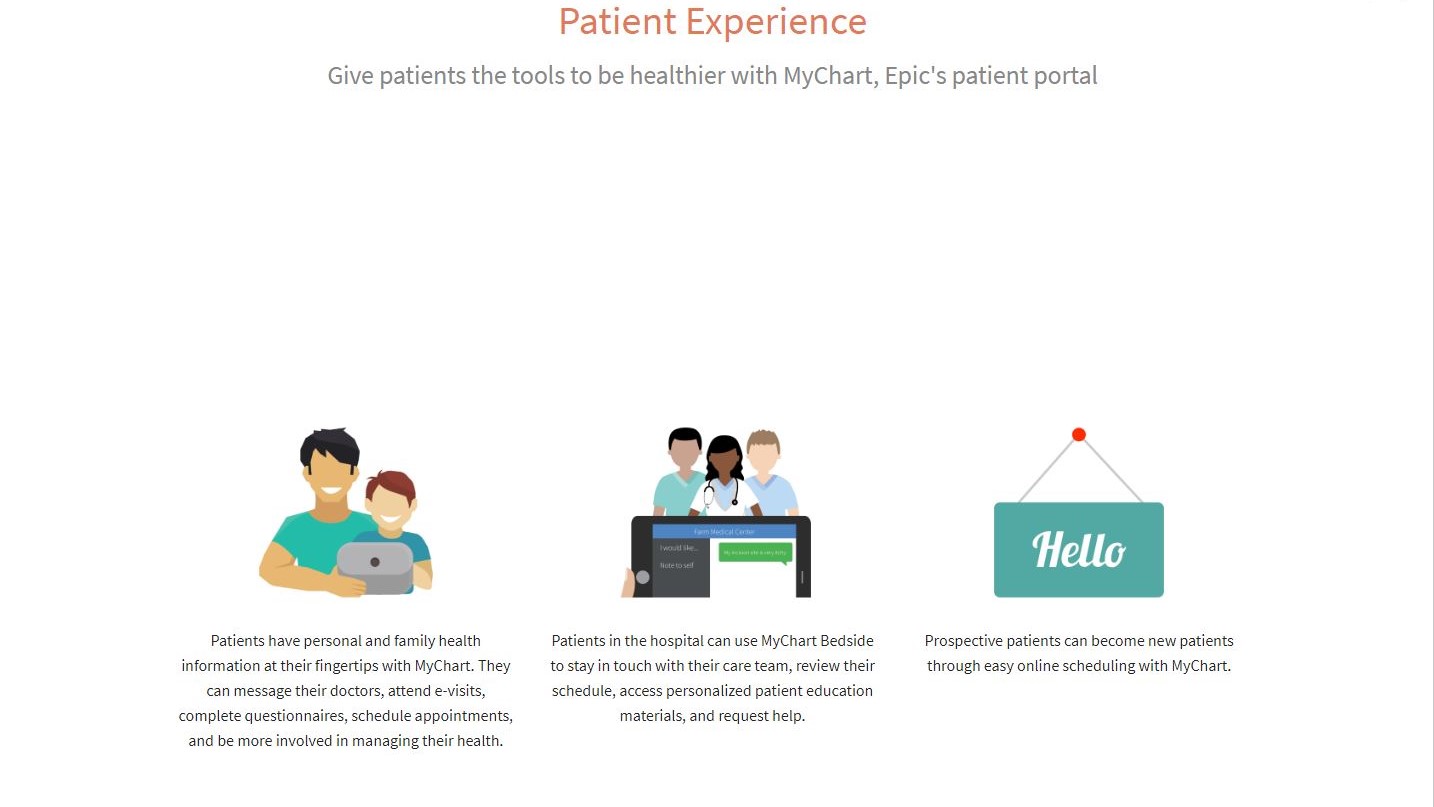
Patient Portal
Most EHR’s do include a Patient Portal to allow interaction with their providers, typically for prescription refill requests, patient questions, and online appointment scheduling. Epic offers all of this, but then takes it steps further with options for patients to attend e-visits online, and to answer online questionnaires. While most online portals are more useful in the ambulatory setting to take the load off the front office staff, the Epic MyChart Patient Portal has next generation inpatient functions such as maintaining contact with their care providers, access to personalized online education for their disease process, and to be able to see their provider notes and lab results while hospitalized.
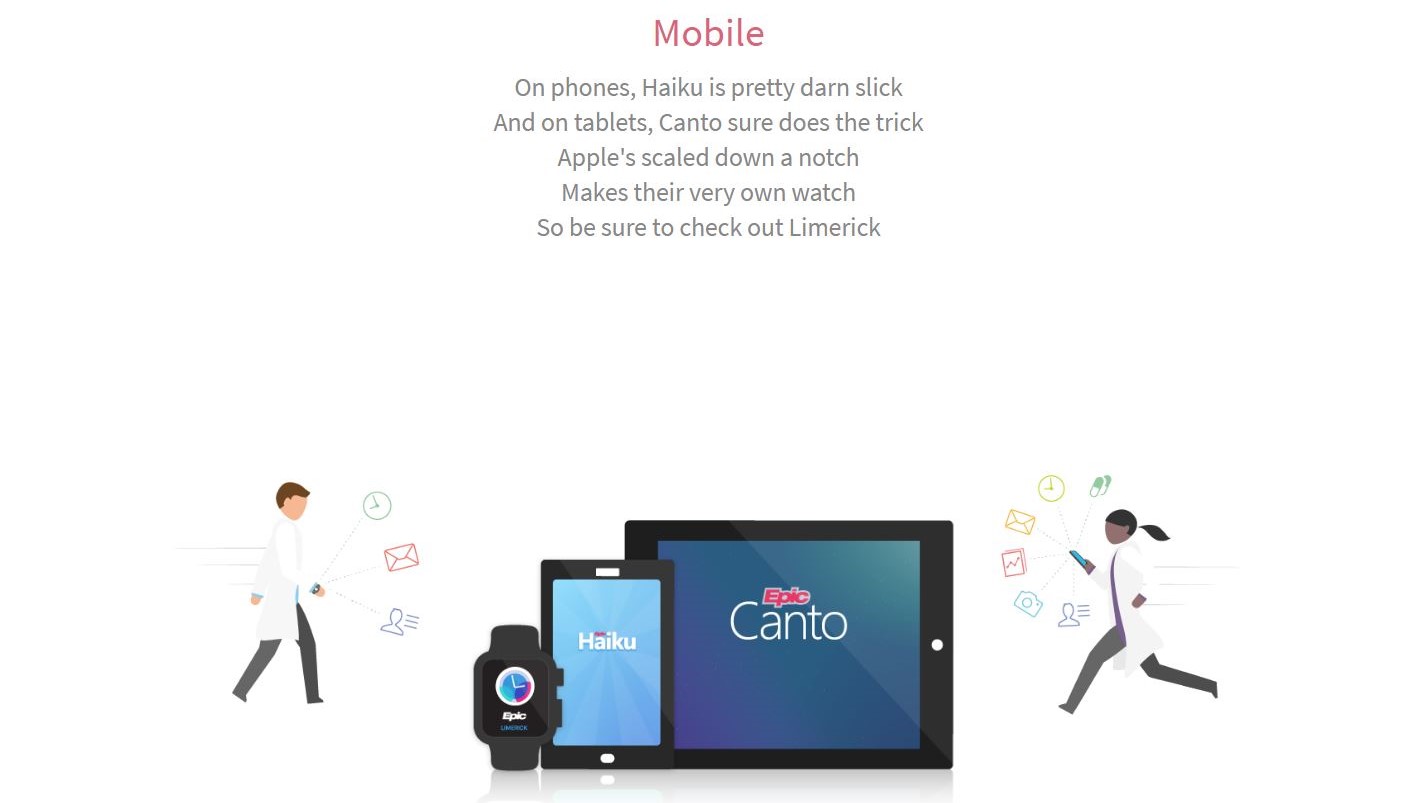
Mobile
Epic also has tools for clinicians, with an emphasis on streamlining things to get common tasks done efficiently, such as the available mobile apps. The mobile app is called Haiku, and now is available for both iOS and Android. Haiku is quite useful for a busy clinician to keep track of lab results on the move, and even put in orders. However, keep in mind that the iOS app is better developed, with Android getting a low rating of 1.7 out of 5 stars.
Drawbacks
The Epic EHR is certainly a veteran of this space, and the benefit is the mature EHR platform that it provides with stability and usability, such as prebuilt order sets for complex care needs, such as ordering anticoagulation with integrated monitoring labs. That’s not to say that it is perfect for all situations.
By way of example, there are frequent updates to the platform, and they happen at the backend, a benefit of a SaaS, as the company does this without direct user involvement. This generally happens on a monthly basis, on a Saturday night around midnight, and goes on for a few hours. While this timing is not likely to disrupt an ambulatory practice, in a hospital this creates downtime, and while existing notes and test results are available for review, all new content has to be created offline via paper charting, and then back entered into the system when full Epic goes back online.
Another issue is that new updates do not always provide a clear benefit. There are times when the system wants permission to reorganize or simplify the icons to redo the layout, but this can be confusing to a busy clinician that already knows where everything is, and now has to search for the functions that they previously had. The repeated requests to try out the new function can get annoying to clinicians as well who simply want to proceed with work.
Epic could be more straightforward and seamless as well. There are often multiple ways of accomplishing the same task, which can be confusing to novice users as everyone is doing things a little differently. There are redundant flowsheets making it a challenge to view the correct one, that often provide too much or too little information, such as charts for vital signs that include a temperature, or another chart that is just for temperature only. Viewing all this information ends up with lots of clicking around to gather it all to create a single note, as it is a somewhat nonlinear progression as the note keeps getting closed out as results or orders get displayed.
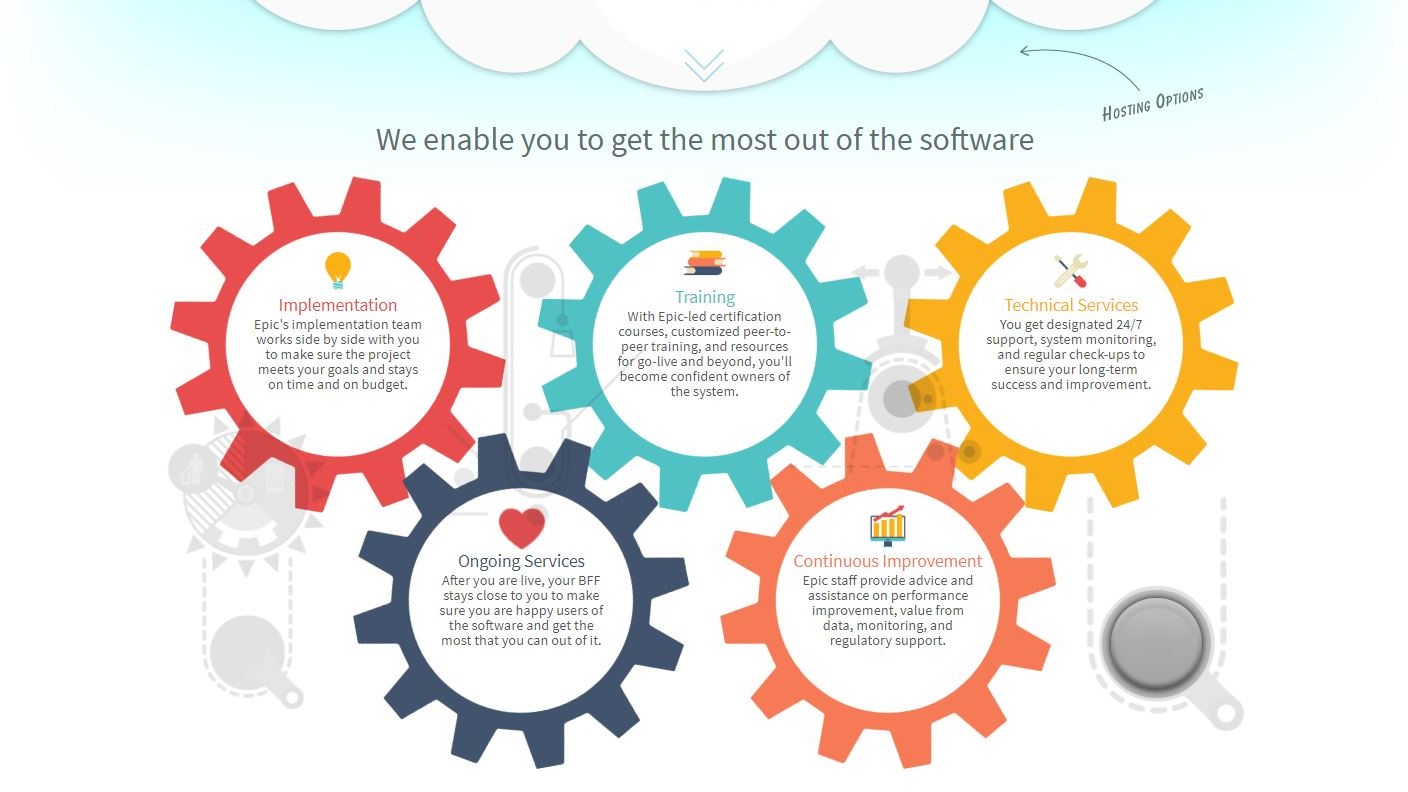
Support
Epic EHR is run as a SaaS, which explains why it is completely browser based, with no software to install for any platform, and therefore works with any OS with a browser, including Windows, and Mac. There is now mobile support for both iOS and Android. Rather than just a single iOS app, there are even dedicated apps for the iPhone (Haiku), iPad (Canto), and even the Apple Watch (Limerick).
Ongoing support is generally offered online, although for a larger account an in person team can come to follow-up, and provide additional optimization support.
Pricing
No pricing for the Epic EHR is available anywhere on their website, what is unfortunately pretty standard for this type of software to be opaque on pricing. It is however available via a custom quote, which of course requires company contact to select options for a number of users and determine a price.
Figuring into the cost of Epic include variables including the hosting expense, whether self hosted, cloud based or both, and the training- which is often packaged into the deal, and can run a la carte up to $2,000 (£1559). Another variable is whether the software is purchased outright which can run approximately $1,200 (£936) for a smaller deployment to $500,000 (£389,802) for a larger facility, or whether acquired via the monthly subscription route, which offers the appeal of lower upfront costs, but is likely to keep increasing over time.
Final verdict
The Epic EHR is veteran software that provides a market leading solution for this challenging area. The positives include the support for multiple medical specialties via modules, flexibility in workflows, and options for cloud and self-hosted deployments. The negatives are there as well, with things like the higher cost, the low rated Android app, and monthly downtime as important factors to be aware of before blindly signing up. Still, the Epic EHR does provide a comprehensive software solution that provides the flexibility to cover the gamut from a solo practice to a multi-facility health system with everything in between, with many more features than their competitors. In fact, we look forward to seeing what this company will do next in this space.
- We've also highlighted the best Electronic Health Record software
Jonas P. DeMuro is a freelance reviewer covering wireless networking hardware.
